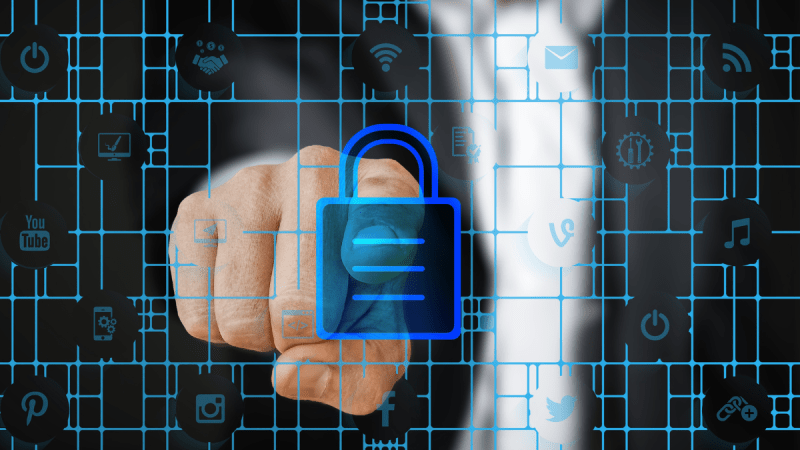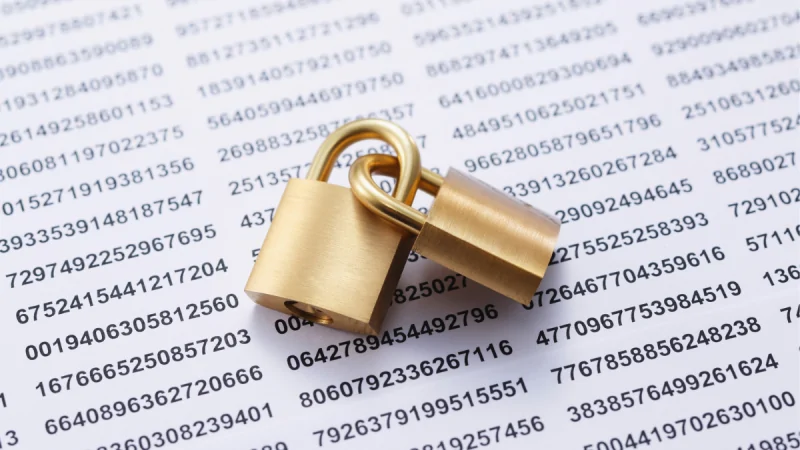Cybersecurity And Privacy: Balancing Protection And Accessibility

Cybersecurity And Privacy: Balancing Protection And Accessibility
In today’s digital world, cybersecurity and privacy are two of the most important concerns for individuals and organizations alike. On the one hand, we need to protect ourselves and our information from cyber threats like hacking, malware, and phishing attacks. On the other hand, we also need to balance this protection with accessibility to the information we need to work, communicate, and share with others. Finding the right balance between cybersecurity and privacy is essential for keeping ourselves and our data safe, while still enjoying the benefits of technology.
Cybersecurity and privacy: what’s the difference?
Before we dive into the balancing act between cybersecurity and privacy, let’s first clarify what each of these terms means. Cybersecurity refers to the practice of protecting digital devices, networks, and data from unauthorized access, theft, and damage. Cybersecurity includes a wide range of activities, from using strong passwords and antivirus software to implementing firewalls and encryption.
Privacy, on the other hand, refers to the right of individuals to control their personal information and how it’s collected, used, and shared by others. Privacy encompasses everything from our medical records and financial information to our browsing history and social media activity. Protecting our privacy means ensuring that our personal information is only used for the purposes we’ve agreed to and that we’re aware of who has access to it.
Why balancing cybersecurity and privacy is important
At first glance, it might seem like cybersecurity and privacy are at odds with each other. After all, the more we protect our information, the less accessible it becomes, right? However, finding the right balance between these two concepts is crucial for a number of reasons:
- Protecting sensitive information: In today’s digital landscape, we’re constantly sharing sensitive information online, from our credit card numbers to our health records. By balancing cybersecurity and privacy, we can ensure that this information is protected from cyber threats like identity theft and data breaches.
- Maintaining trust: If individuals don’t feel like their privacy is being respected or that their information isn’t secure, they’re less likely to trust the companies and organizations they’re working with. By finding the right balance between cybersecurity and privacy, organizations can build and maintain trust with their customers and users.
- Promoting innovation: Technology is constantly evolving, and finding the right balance between cybersecurity and privacy can help drive innovation. By enabling individuals and organizations to share information securely and responsibly, we can foster a culture of innovation and collaboration.
Tips for balancing cybersecurity and privacy
So, how do we go about balancing cybersecurity and privacy? Here are a few tips:
- Use strong passwords: One of the easiest and most effective ways to protect your information is by using strong, unique passwords for each of your accounts. Consider using a password manager to help you create and store complex passwords.
- Implement two-factor authentication: Two-factor authentication is an additional layer of security that requires you to provide two forms of identification (such as a password and a fingerprint) to access your account. Enabling two-factor authentication can make it much harder for hackers to gain access to your information.
- Educate yourself and others: Make sure you and those around you are aware of the latest cyber threats and how to protect against them. This could involve everything from attending cybersecurity workshops to sharing information with friends and family.
- Only share information when necessary: Be mindful of what information you’re sharing online and with whom. Only share information when it’s necessary and with trusted individuals and organizations.
- Consider privacy-enhancing technologies: There are a number of tools and technologies available that can help enhance your privacy online, from encrypted messaging apps to virtual private networks (VPNs).
Finding the right balance between cybersecurity and privacy is a constant process. By staying informed, implementing best practices,






